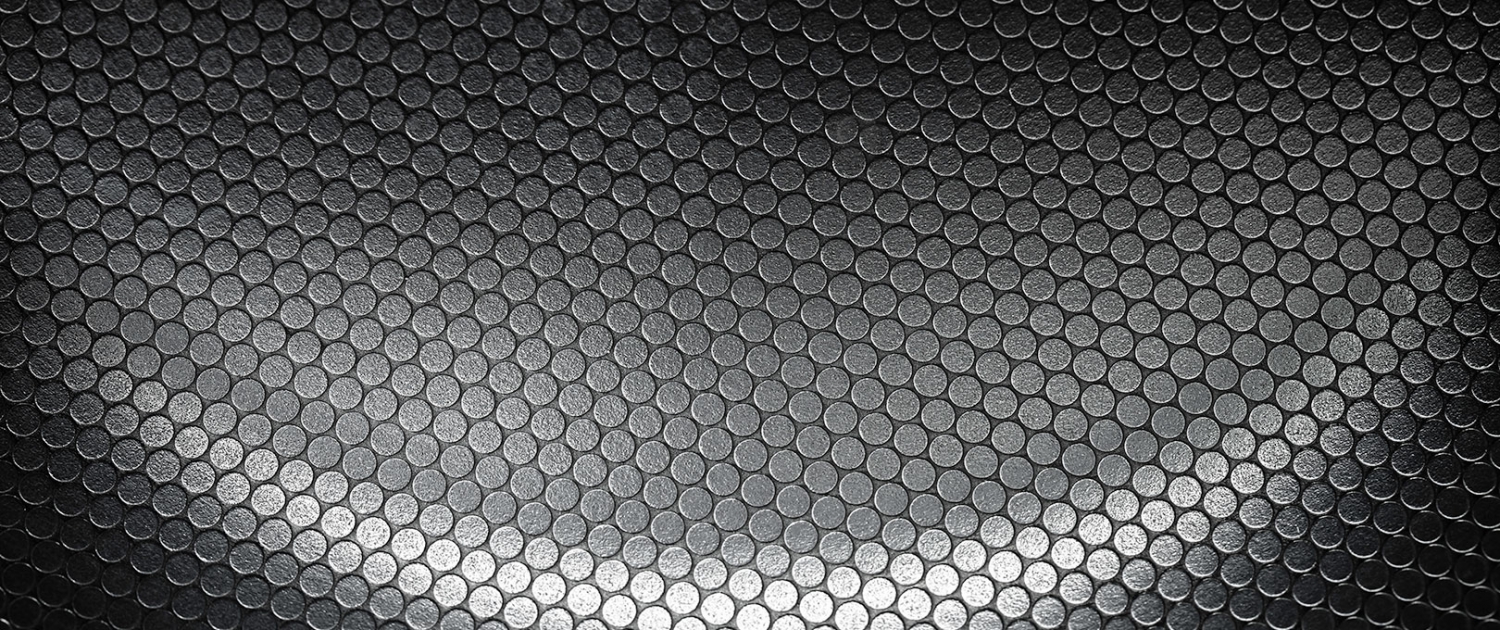Industrial Fluoropolymer Coatings (Teflon™ coatings)
Fluoropolymer coatings (often called Teflon™ coatings) are similar to fluorocarbons in that they are not susceptible to the van der Waals force as hydrocarbons. As a result, they have exceptional non-stick and friction reducing properties. In addition, they are stable due to the multiple carbon-fluorine bonds they add to a chemical compound.
Fluoropolymers can be characterized as thermosets, which are polymers that are irreversibly hardened by curing from a soft solid or viscous liquid prepolymer or resin. They can also take the form of a thermoplastic, which is a plastic polymer that becomes pliable or moldable when heated to a certain temperature and solidifies upon cooling. Fluoropolymers can be homopolymers or copolymers.









